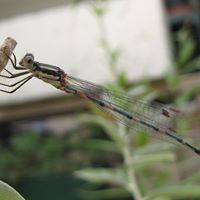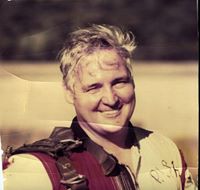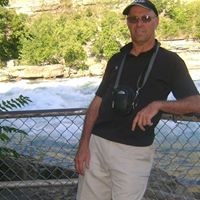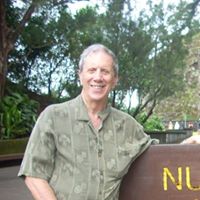Which Japanese engineer built the world's first all-electronic television receiver?
Kenjiro Takayanagi (January 20, 1899 in Hamamatsu, Shizuoka – July 23, 1990 in Yokosuka) was a Japanese engineer and a pioneer in the development of television. Although he failed to gain much recognition in the West, he built the world's first all-electronic television receiver, and is referred to as "the father of Japanese television".
In 1925, Takayanagi began research on television after reading about the new technology in a French magazine. He developed a system similar to that of John Logie Baird, using a Nipkow disk to scan the subject and generate electrical signals. But unlike Baird, Takayanagi took the important step of using a cathode ray tube to display the received signal, thereby developing the first "all-electronic" television set.
On December 25, 1926, Takayanagi successfully demonstrated his system at Hamamatsu Industrial High School, where he was teaching at the time (the school is now the Faculty of Engineering at Shizuoka University). The first picture he transmitted was of the Japanese katakana character Japanese Katakana made up of 40 scan lines.
More Info:
en.wikipedia.org













